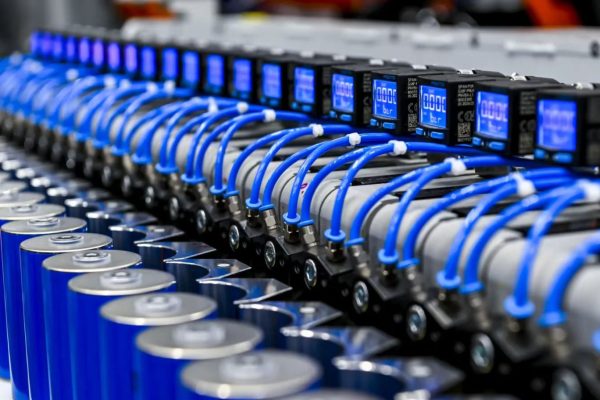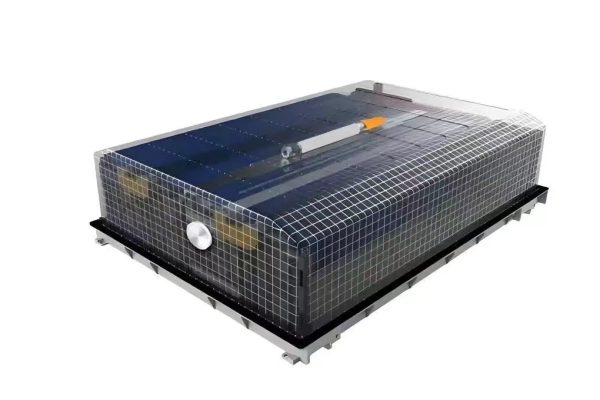Your Practical Guide to Safely Launching Commercial & Industrial Energy Storage Projects
🔧 Why Commissioning Matters in C&I Storage Projects
Commissioning is not just a formality — it is the last gate before handover, where all system components must be verified to operate safely, efficiently, and according to the design intent.
For C&I (Commercial & Industrial) ESS installations — especially above 50kWh or with grid-parallel capability — improper commissioning can lead to:
- Battery degradation
- Grid code violations
- Warranty rejections
- Fire risks or power quality issues
This article outlines a step-by-step commissioning checklist, focused on practical field execution, suitable for EPCs, integrators, and export projects.
🧭 Pre-Commissioning: Before Power-On
✅ 1. Documentation & Plan Review
- Confirm site layout matches single-line diagram (SLD)
- Verify battery and inverter brands/models against BOM
- Ensure permits, grid approvals, and fire certifications are in place
- Review firmware version requirements (ESS, BMS, EMS)
✅ 2. Mechanical and Electrical Inspection
- Check torque of all DC & AC terminals (battery, combiner, inverter)
- Confirm cable labeling and routing (polarity, grounding, CTs)
- Inspect cooling systems (forced air, liquid, HVAC if containerized)
- Battery racks must be physically secured & ventilated
✅ 3. Insulation and Continuity Tests
- Perform megger test (typically 500V–1000V) on AC and DC circuits
- Grounding resistance check: <5Ω recommended
- Verify N-G bond location and switch logic (for backup scenarios)
⚡ Step-by-Step Commissioning Sequence
🔋 4. Battery System Initialization
- Power up BMS controller
- Connect auxiliary power (if needed for battery control boards)
- Verify cell balancing status and initial SOC
- Confirm comms protocol (CAN/RS485) matches inverter or EMS
- If using multiple battery cabinets: test inter-cabinet comms & master-slave config
🔌 5. Inverter/PCS Power-Up
- Energize AC grid input side
- Power on the PCS or hybrid inverter
- Confirm no ground faults, alarms, or frequency mismatches
- Set grid profile parameters (country code, voltage/frequency windows)
⚠️ Tip: For off-grid commissioning, use a simulated grid source or dummy load to enable inverter startup.
🧠 6. EMS (Energy Management System) Configuration
- Set operational mode: Peak Shaving, Self-Consumption, Time-of-Use
- Sync battery SOC from EMS & BMS
- Load time schedule or demand-response triggers
- Set permissions for remote monitoring or Modbus TCP integration
- If multiple energy sources (solar, diesel, grid), define input priorities
🔍 7. Functional Testing
| Test | What to Observe |
|---|---|
| 🔄 Charge/Discharge Cycle | Battery responds to setpoints correctly, no overvoltage/undervoltage |
| 🔁 Grid Export Test | System respects grid limits (P, PF, THD) |
| ⚡ EPS/Backup Mode | Transfer switch works; critical loads powered |
| 🔺 Emergency Shutdown | Remote & local E-Stop cuts all high-voltage circuits |
| 🔊 Alarm System | Audible/visual alarms function and reset properly |
📊 8. Data & Monitoring Validation
- Check live data on HMI, EMS portal, or SCADA (SOC, voltage, power)
- Validate historical logging works (1-min or 5-min resolution)
- Confirm remote access (VPN, cloud portal, local dashboard)
- Simulate communication loss to verify fail-safes (e.g., safe shutdown)
🧾 9. Handover Documents
A complete C&I commissioning should always include a final handover package, typically containing:
- As-built SLD & wiring schematics
- Commissioning report with sign-off checklist
- Firmware versions
- Alarm history (if any)
- System parameter settings
- IR thermal scan images (optional but recommended)
- Certificate of Commissioning & Training Record
👷 Common Pitfalls to Avoid
| Pitfall | Impact |
|---|---|
| Wrong Modbus register map | No battery SOC or command sync |
| Missing N-G bond in EPS panel | Unsafe backup power |
| Skipping CT polarity check | EMS reads reversed load |
| No firmware alignment | BMS comms errors |
| Incomplete grounding | High touch voltages, EMI |
Commissioning as a Strategic Advantage
For growing energy companies, especially those serving global markets, offering professional, standardized commissioning sets you apart. It reduces warranty claims, improves customer satisfaction, and opens the door to long-term O&M contracts.
💡 Tip: Record a short video walkthrough at commissioning for future support or sales references.









